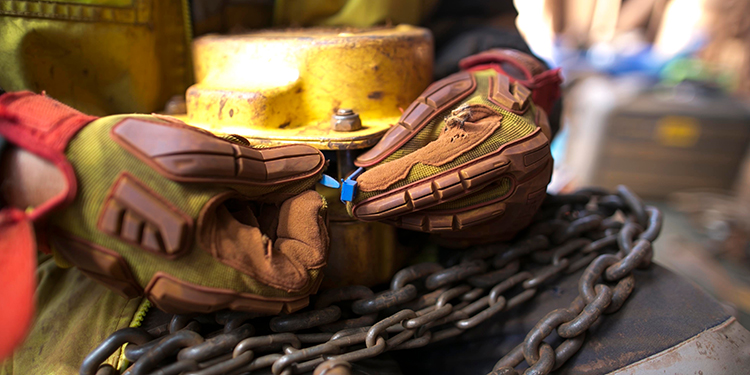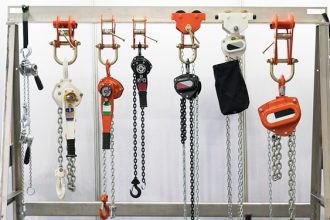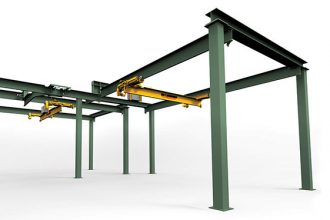Know Your Hoist Operation Guidelines To Ensure Worker, Facility Safety

Hoists are an integral part of overhead lifting, often serving as the link between the load and the overhead crane or monorail system. Therefore, their proper operation and maintenance is critical to ensuring the safety of workers using the overhead equipment or working in the vicinity of a load suspended overhead. A recent article in MHI Solutions magazine explores the importance of correctly using and maintaining this equipment, including hand, lever and power hoists. It also covers the highlights of the recently released updates to a series of free technical papers produced by the members of the Hoist Manufacturers Institute (HMI).
The information contained in the documents is brand-neutral and applies to a wide range of hoists from a variety of different manufacturers. They are intended to support regular, routine training of operators to ensure safe hoist operation. The information they contain should be used in addition to manufacturer-sponsored training specific to the hoist supplier’s equipment operation and maintenance. All of the updated documents as free downloads on the Technical Papers and Articles page of HMI’s website.
The Hoist Operator’s Manual (HMI100.23) describes the different types of hoists as well as the responsibilities and duties of hoist operators. It also explains the motions of hoists and trolleys, and the operation of manual, electric, and air powered hoists. The document further details the need for routine hoist inspection, maintenance and repair to prevent problems that may lead to equipment failures and possible worker injuries. Likewise, an Operator’s Manual specific to Lever Hoists (HMI100.75) has also been updated.
HMI has further released updates to its Inspection and Maintenance Manual for manual, electric and air powered hoists (HMI100.24) and lever hoists (HMI100.74). These documents provide guidance to hoist inspection and maintenance personnel, advising them on how to thoroughly assess the equipment’s condition and keep it in peak operating condition to enhance the safety of people and machinery on the facility floor.
Three additional documents cover the “shalls and shall nots” of hoist operation. Offered in English, French, and Spanish, HMI’s Recommended Practices provide clear warnings and cautions for operators based on the severity of the potential hazards. These documents cover:
Many of the included warnings and operating practices are sourced from the American National Standard ASME B30.21 and are intended to avoid unsafe hoisting practices which might lead to personal injury or property damage.
Seeking additional information on hoist systems? The members of the Hoist Manufacturers Institute (HMI) offer a variety of resources—including a comprehensive library of product guides; a hoist certification program; OSHA Alliance safety tip sheets, fact sheets and quick cards — via its website at www.MHI.org/hmi.



